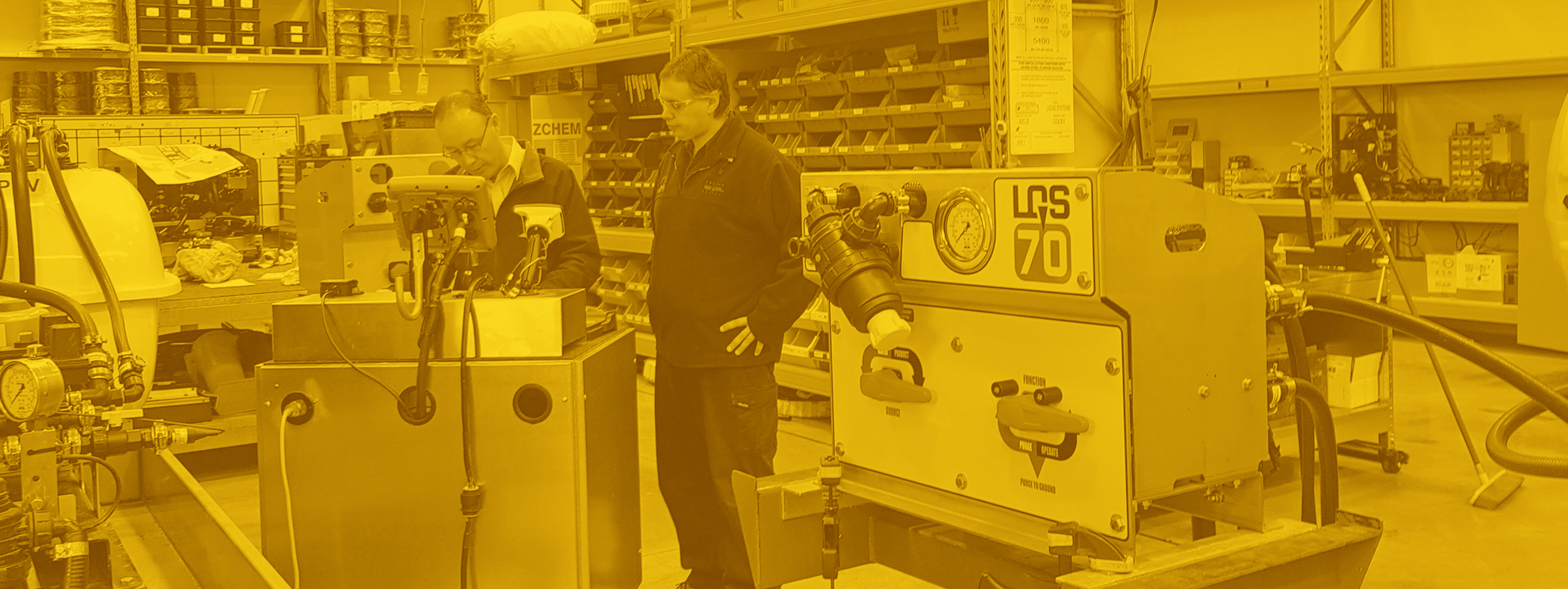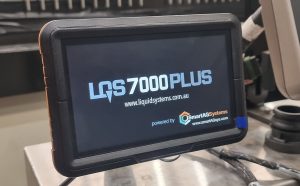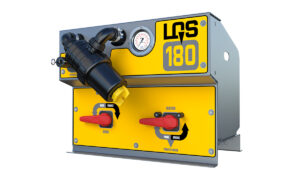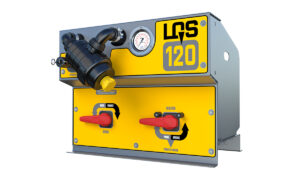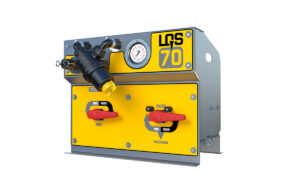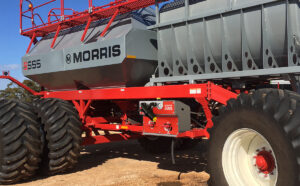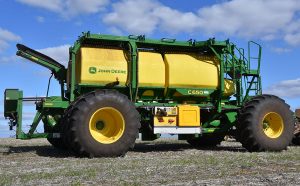Precision AG Integration
Ultimate variable rate flexibility- Plug’n’Play
We have developed all our own wiring looms to make Precision Ag Integration super easy. All Liquid Systems (SA) modules are compatible with many leading brand Displays for ultimate variable rate flexibility.
Why Variable Rate Control and Liquid Systems Are Game-Changers for Farming Variable rate control combined with advanced liquid delivery systems provides farmers with unprecedented precision and flexibility. These technologies allow growers to tailor inputs to the specific needs of their crops, soils, and paddocks, improving efficiency, reducing waste, and maximizing productivity.
The Future of Farming: Liquid delivery systems, combined with precision agriculture technologies, empower farmers to optimize their resources and adapt to the unique demands of each growing season. Accurate diagnosis, flexible liquid systems, and precise application are keys to the future.
Farmers can achieve higher yields, healthier soils, and more sustainable operations by adopting these tools, ensuring they stay ahead in a competitive and ever-evolving industry.
1. Precision Placement
Liquid Systems enable row-to-row and second-by-second accuracy in delivering nutrients, inoculants, fungicides, or soil conditioners. These inputs can be applied at precise locations and depths—close to the seed, laterally, or vertically—depending on the crop and soil characteristics.
3. Enhanced Efficiency
Liquid delivery systems ensure a consistent flow of inputs, minimizing interruptions and maximizing application accuracy. This is especially critical for expensive products like fungicides and inoculants, where precision reduces waste and ensures effectiveness.
5. Adaptability and Scalability
Liquid Systems equipment has been engineered to grow with a farmer’s needs. From sectional shutoff to variable rate control and compatibility with cab monitors, these systems provide robust, long-term solutions.
2. Data-Driven Decisions
Combining precision mapping, guidance systems, and data analytics allows growers to make informed decisions. By integrating soil horizon data, yield maps, and nutrient analysis, farmers can design targeted application strategies, improving crop health and profitability.
4. Flexibility with Inputs
These systems can deliver multiple streams of liquid—up to four or more—at varying rates simultaneously. This makes it possible to apply different nutrients and treatments in one pass, tailored to the unique requirements of each zone within a paddock.
6. Complementary to Granular Fertilizers
Liquid delivery doesn’t replace granular fertilizers but complements them. By integrating both systems, farmers can build healthier soils and more resilient crops, meeting the production demands of the future.








The LQS-7000 controllers are for customers wanting a stand-alone control system capable of controlling 2 separate liquids and up to six sections.
Clik on the products below for more information.
